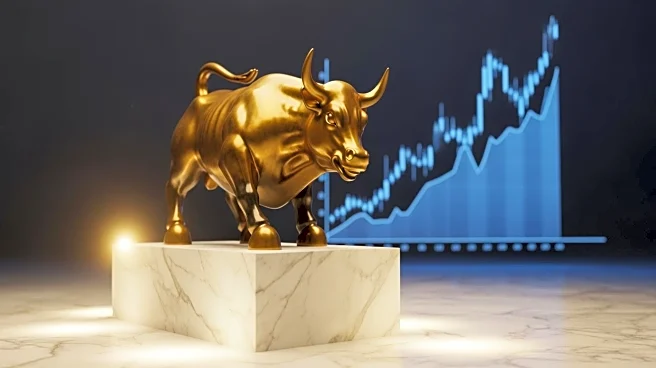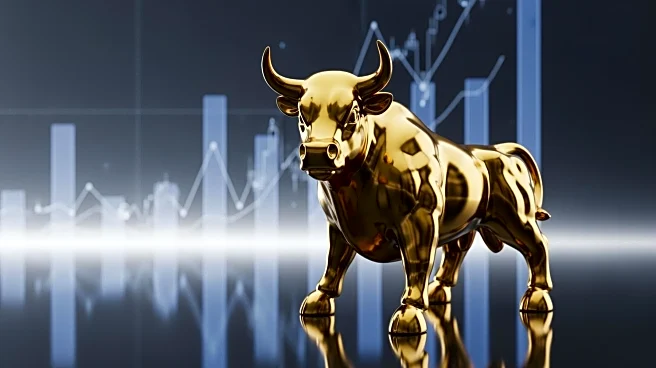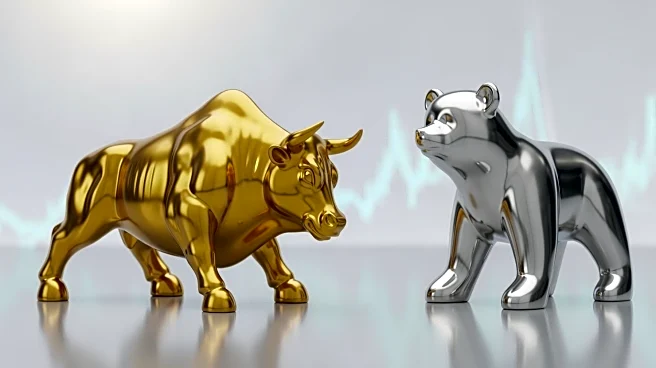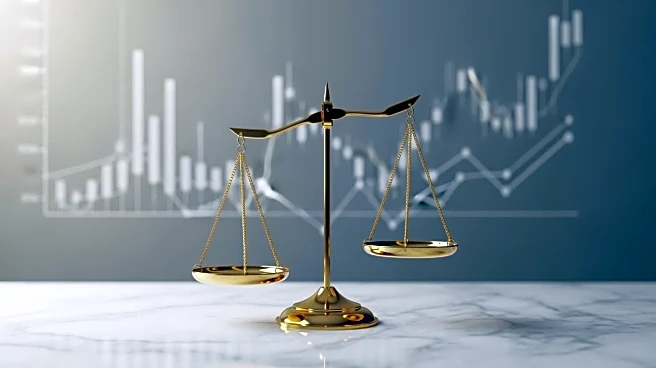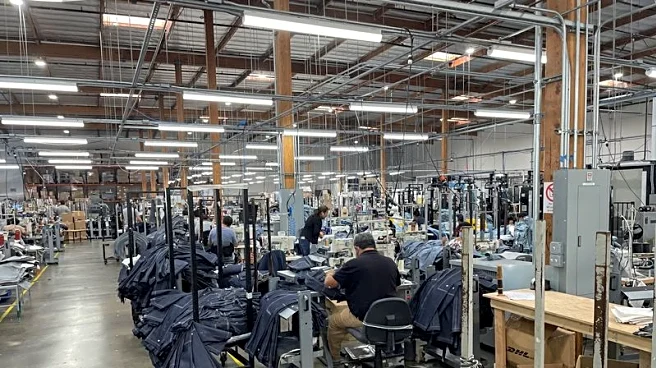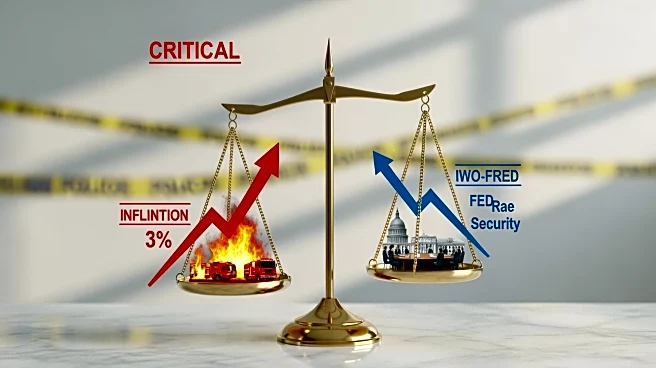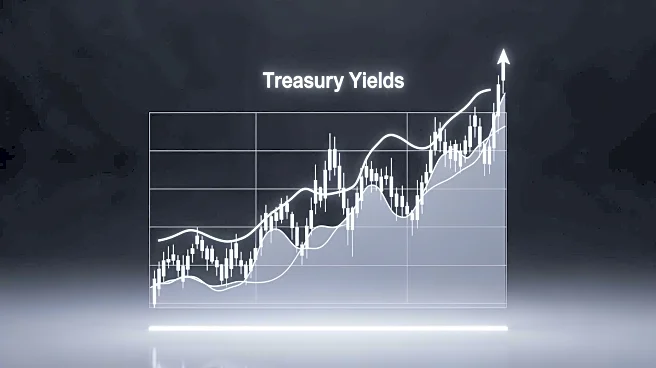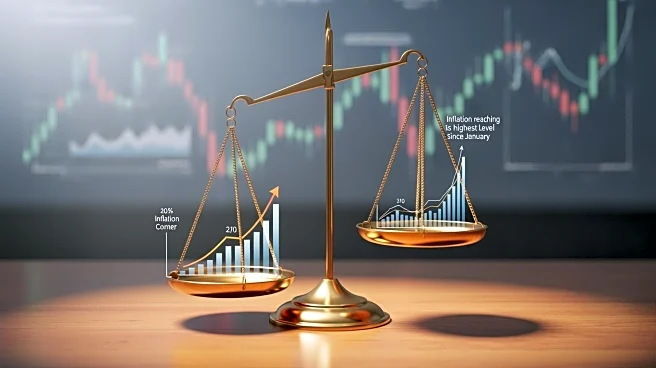What's Happening?
Recent government data shows that consumer prices rose by 3% in September, marking the highest inflation rate since January. This increase is linked to rising beef prices and other commodities, influenced by tariffs and global trade dynamics. The data arrives
amidst a government shutdown, which has delayed economic reporting and created uncertainty for businesses and policymakers.
Why It's Important?
The inflation spike poses risks of stagflation, where rising prices coincide with slowing economic growth. This situation complicates the Federal Reserve's policy decisions, as they must navigate between controlling inflation and supporting economic activity. The impact of tariffs on consumer goods further adds to the complexity, affecting prices and trade relations.
What's Next?
The Federal Reserve faces a challenging decision in its upcoming meeting, with potential interest rate adjustments to address inflation and economic growth concerns. The ongoing government shutdown may hinder further economic analysis, affecting policy decisions and market stability.
Beyond the Headlines
The inflation trend highlights the broader implications of trade policies and economic strategies on domestic prices and global competitiveness. It underscores the need for balanced approaches to economic management and international trade relations.


